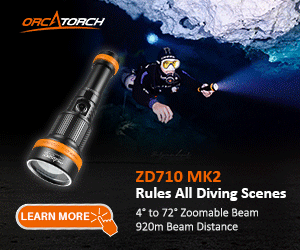Some of the posts in this thread are a little scary.
100 foot pounds is way too much torque, especially in an aluminum tank where 35 foots pounds is more than enough to do the job. 100 ft pounds and no lube can add up to damaged tank threads when you go to remove the valve a year later and that means you have a very nice wind chime.
Realistically, hand tight with a light smack with the heel of your palm is tight enough and will damage neither the threads nor the valve. Using your hand guarentees you are not going to wind up and hit it too hard as can happen with a rubber mallet. The o-ring does the sealing not the tightness of the valve and all you need is enough torque to keep the valve from coming loose in normal operation at very low tank pressures (which could lead to o-ring extrusion. At anything over 100 psi, even a snug but less than hand tight valve is not going to come undone.
If you just have to have it tighter for some unknown reason, use a torque wrench and suitably sized crow's foot rather than guessing or getting out the hammer. In my experience, most people badly over torque when they start guessing.
O-ring lubrication is essential as the o-ring needs to be able to slide into position and conform to the mating surfaces on the valve and tank. For scuba purposes, lube is best applied by placing a small amount on your forefinger and then rubbing it into the o-ring between your thumb and forefinger. When you are done you should not see any lube on the o-ring which should otherwise have only a even shine to it.
If you don't lube the o-ring, it gets badly abused getting forced into position. That, and dirty mating surfaces are the biggest reasons for o-ring failures and leaks.
If you are looking at using partial pressure blended nitrox, keeping things O2 clean is a key consideration and lubing the threads and o-ring with an O2 compatible lube like Cristolube is the way to go rather than using a silicone grease, which is petroleum based.



